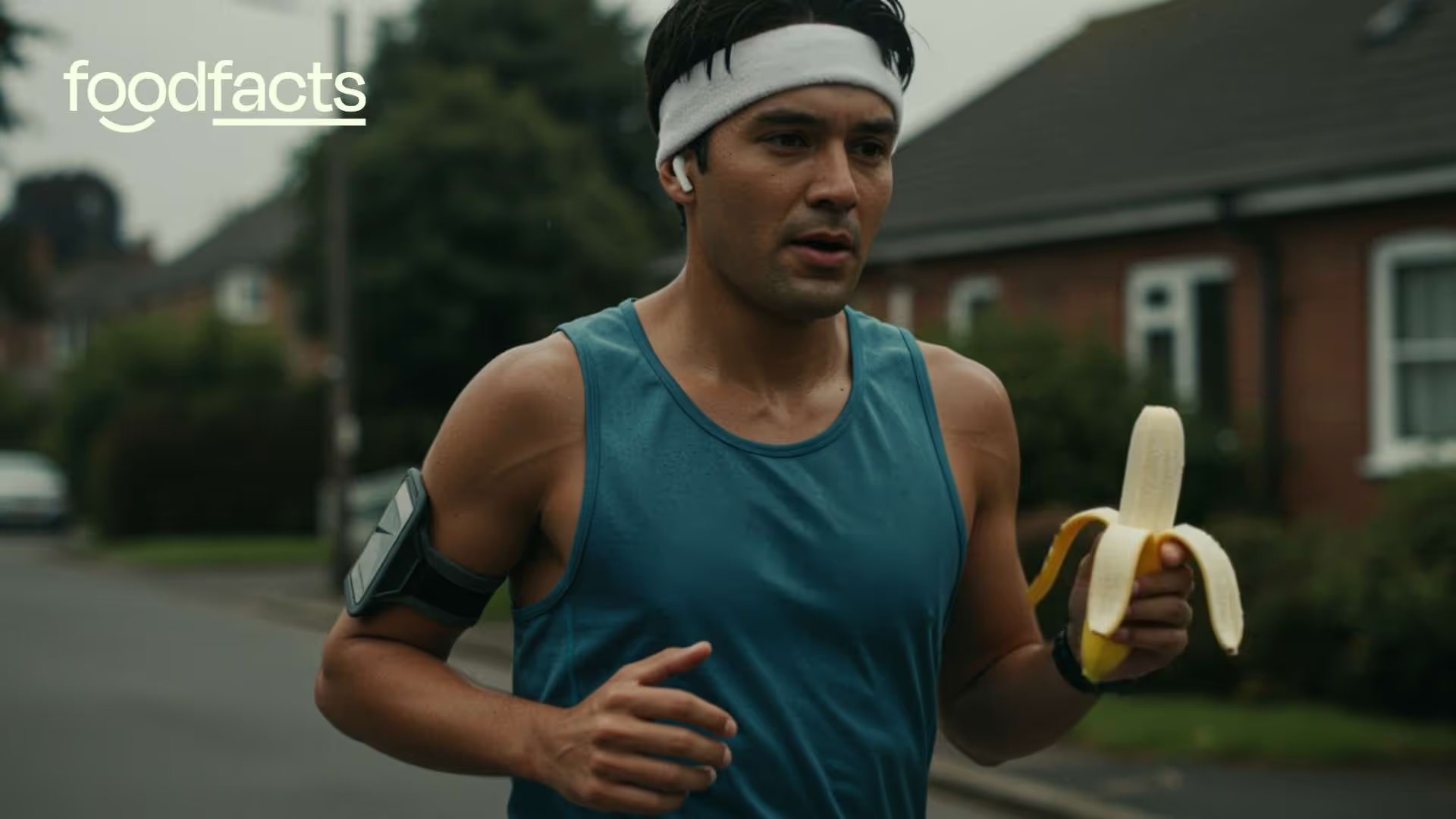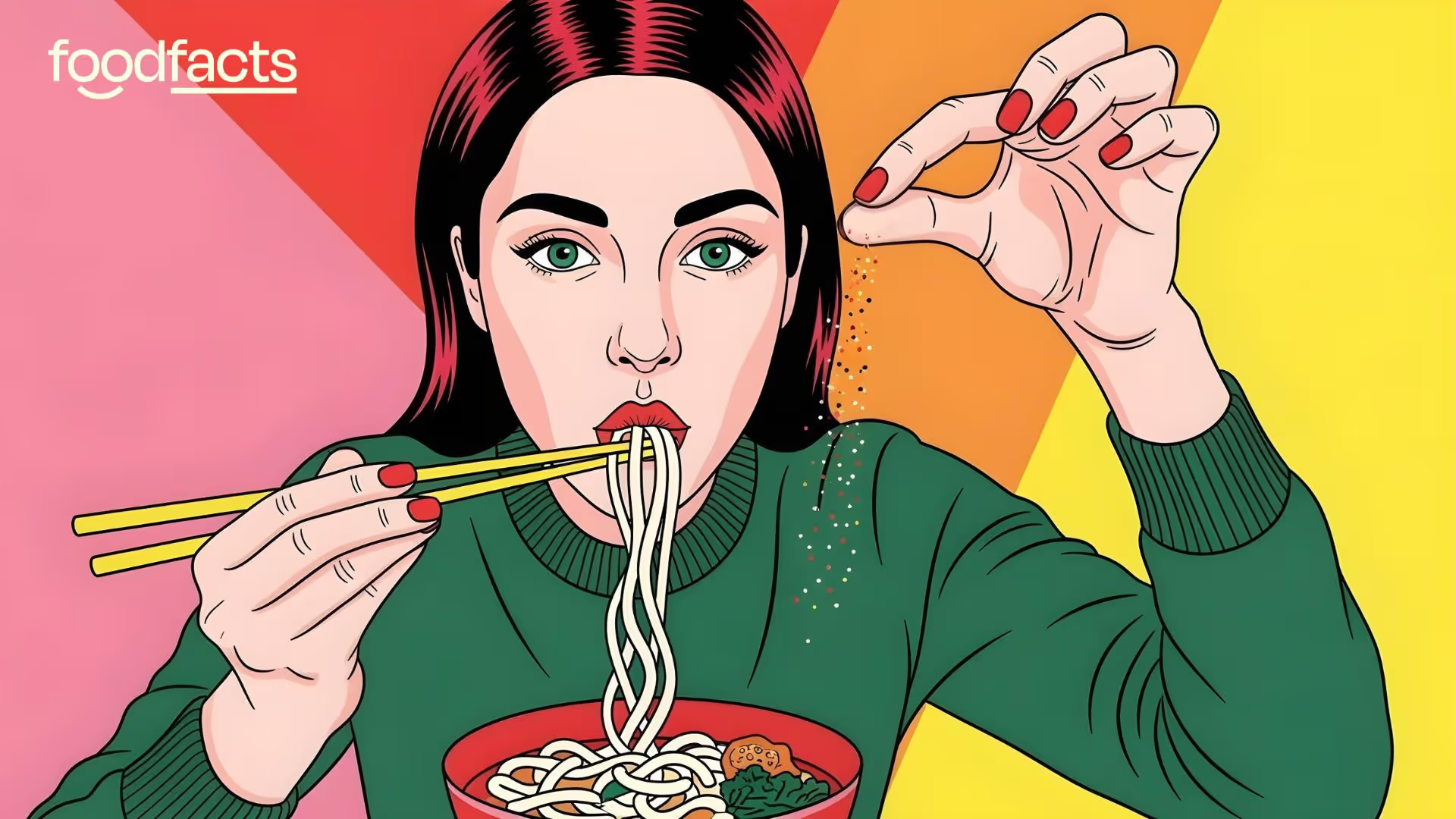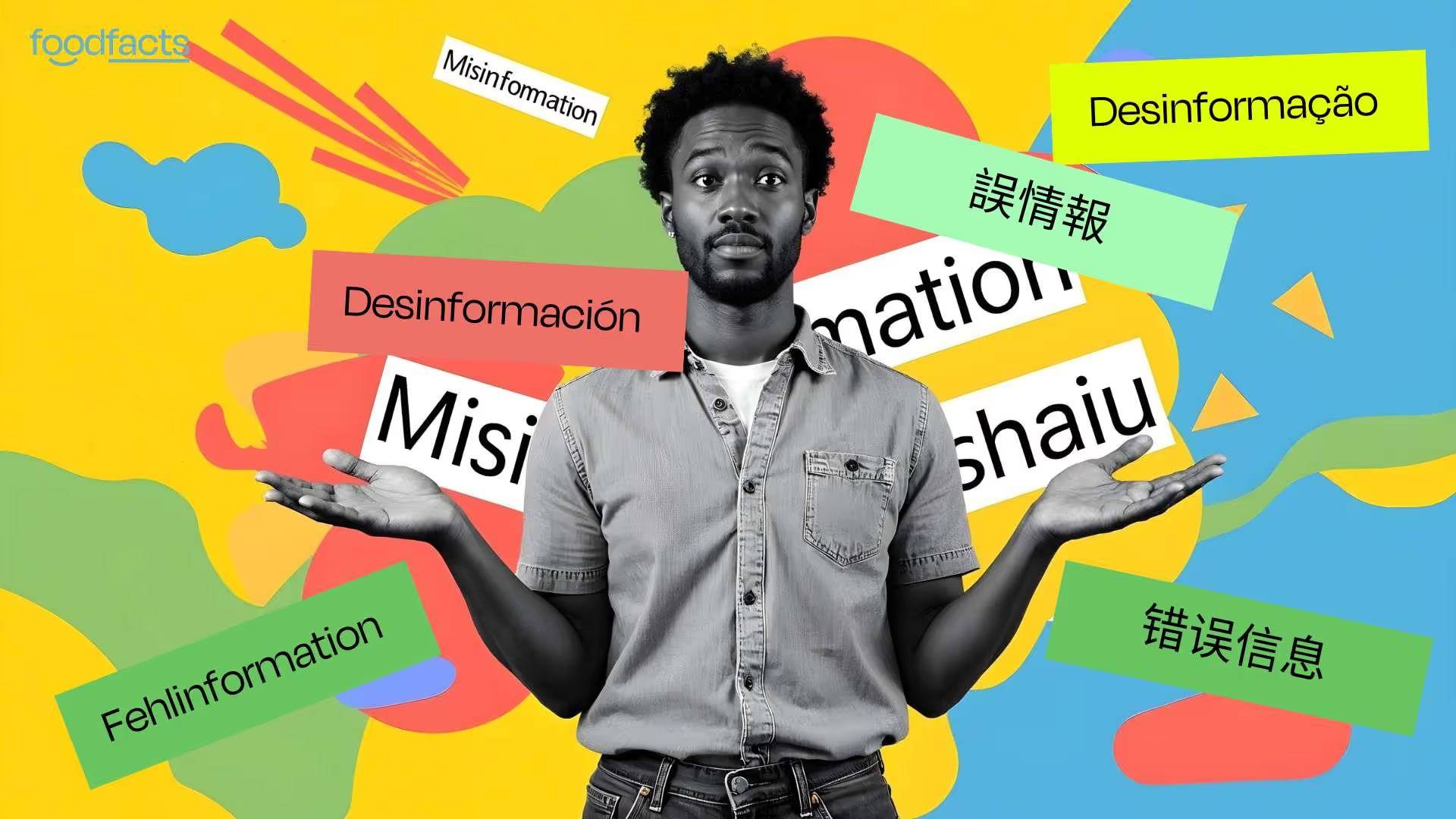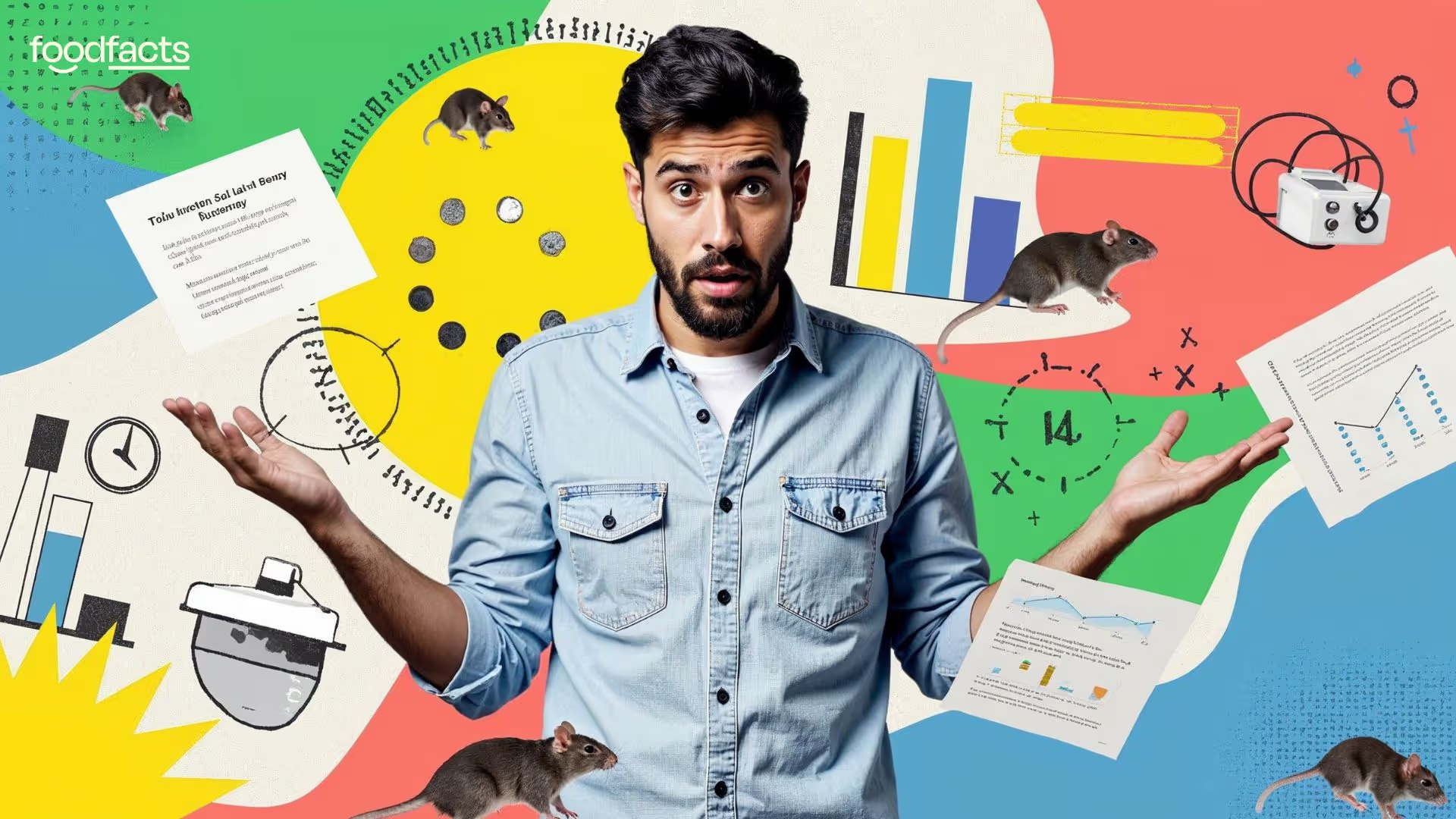Guide
Articles
Explore Categories
Ready to take action?
You have the power to make a difference 3 times a day.
Join us in promoting honest nutrition and wellness, whilst challenging misinformation.

Trust foodfacts.org for credible, science-backed information that cuts through food industry misinformation and empowers you to make informed choices.
ai powered chat bot experience provided by Elevenlabs
ai powered chat bot experience provided by Elevenlabs
Article
Take Action
About
Freedom Food Alliance is a non-profit organisation. (no. 15414442) limited by guarantee and registered in England and Wales.
© Copyright 2025 Freedom Food Alliance. Launched in 2025. 🇬🇧 Grown in the United Kingdom.
© Copyright 2025 Freedom Food Alliance. Launched in 2025. 🇬🇧 Grown in the United Kingdom.





.avif)





.avif)



.avif)


.svg)
